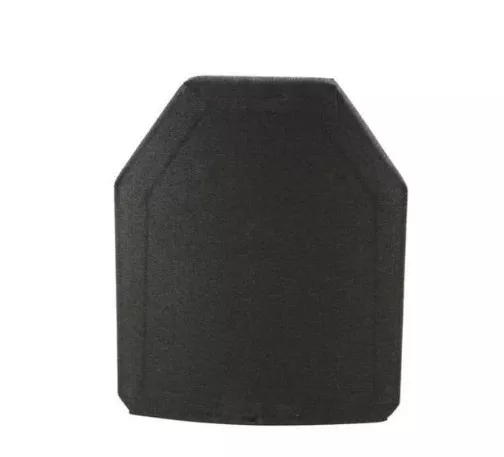When it comes to safety from ballistic projections, there are many modern ways through which a person can protect themself from ballistic projectiles. And among these ways, using ballistic plates for personal safety is one of the best ways to protect themselves from ballistic projectiles. So what are these ballistic plates? And are they better than level 3 bulletproof vests? Let’s look for an answer in this blog.
What is a Plate Carrier?
As the name suggests, a plate carrier carries a plate to deflect rifle bullets. Imagine how much heavier these items will get if you add additional equipment to them. The benefit of these plate carriers is that they can spread the weight across your entire body by taking part of the pressure off your pistol belt.
Both police officers and military people utilize these carriers on the battlefield daily. These carriers frequently match up with traditional carriers for bulletproof vests, allowing you to switch them out with your ballistic panels.
The best kind of protection is hard armor or ballistic plates. Most ballistic plates have a steel sheet in front and crushed polyethylene or ceramic on the back. However, various varieties are now offered on the market, providing customers with more options.
What is a Ballistic Plate?
A ballistic plate is a tough shield-type armor worn on top of a vest to increase the ballistic protection level and shield against tough projectiles. They are mostly made from PE, steel, and ceramic and can take up to 6 rounds of a bullet. Among them, the ceramic and PE ballistic plates are more popular.
Ceramic Plates
- Ceramic tiles on ceramic plates can deflect an approaching bullet. The ceramic is supported by numerous layers of backing materials, including steel and Kevlar, which are absorbent agents to shield it against unintentional breaking.
- Luminous oxide is a typical ingredient in ceramic plate production.
- On the other hand, choosing a silicon carbide-made plate will make it lighter. But be aware that it is far more expensive than lumina oxide.
- The best material for ceramic plates is boron carbide, which has a level IV NIJ protection rating and a high density while being lightweight and reliable.
Polyethylene Plates
- Polyethylene plates are a different preferred material among law enforcement and military personnel besides ceramic. In addition to being lightweight, it has a higher bullet resistance than a ceramic plate.
- Ballistic plates made of polyethylene are around 50% lighter than those made of other materials because they don’t require backing materials. In addition, high-pressure treatment is typically applied to this material, increasing its durability and reducing its weight.
- Polyethylene plates also withstand the impact of bullets without breaking. Because it is more malleable than ceramic, it is a better choice for conflicts and high-risk situations like school shootings.
- The cost of an HDPE plate is one thing a user needs to keep in mind. Of course, it costs more than a plate made of ceramic. However, you don’t need to worry as much due to its durability and weight.
A person chooses a ballistic plate mainly due to its peak performance and higher stability. So, keep your needs in mind while choosing a ballistic plate.
